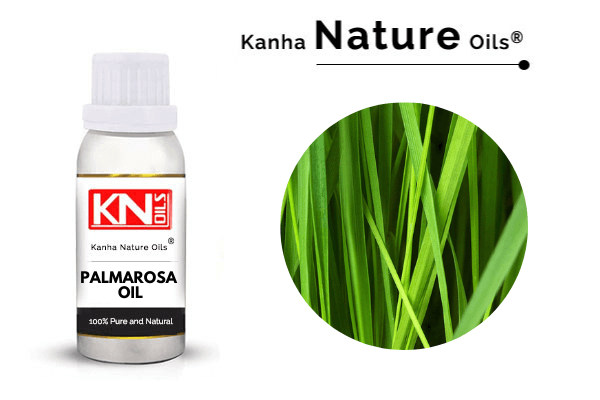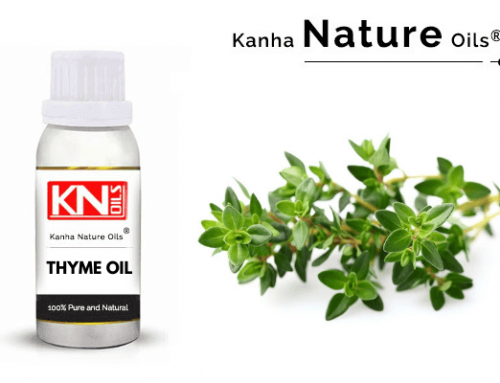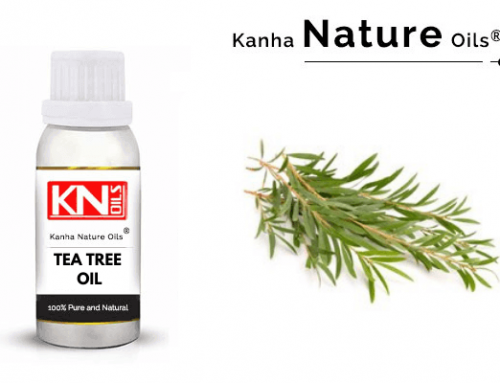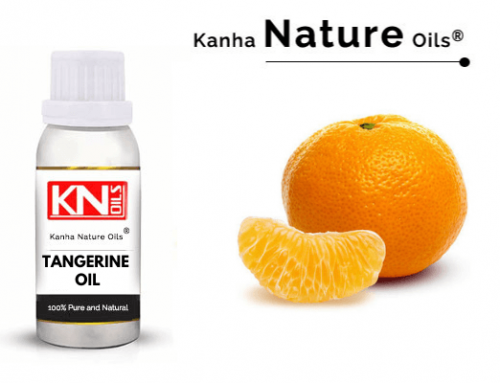PALMAROSA OIL

- Botanical Name: Cymbopogon martinii
- CAS No.: 8014-19-5
- EC No.: 294-453-3
- FEMA No.: 2831
- Refractive Index: 1.4702 to 1.4747 at 20°C
- Specific gravity: 0.8750 to 0.8890at 25 °C
- Optical Rotation (°): – 2 to 2
- Color:Pale yellow
- Solubility: Soluble in alcohol & oils and insoluble in water
Description:
Palmarosa plant is a native of India. It is cultivated in the tropical regions of Africa and in India, Uttar Pradesh, Madhya Pradesh, Karnataka, Rajasthan, Maharashtra, Andhra Pradesh, and Tamil Nadu and also grows wild in the forests of these states.
Cymbopogon martini is one of the more than 100 species of Cymbopogon. It has two cultivable varieties as under:
(i) Cymbopogon martinii var. Motia – Palmarosa
(ii) Cymbopogon martinii var. Sofia – Ginger grass
Cymbopogon martinii var. motia yields essential oil having Geraniol content from 60-85%. This is also called East Indian Geranium oil.
Cultivation:
Cymbopogon martinii var. sofia called Ginger grass is also grown widely in India and it yields oil of lower geraniol content. Ginger Grass Oil is of an inferior grade to palmarosa oil.
Palmarosa is a tall perennial grass ranging from 1.3 to 3 meter contains sweet-smelling oil of rose-like odor. Palmarosa can be grown in poor sandy loam to heavy fertile soils. Well-drained loamy soil with pH 6 to 7 is ideal. It may also survive on alkaline soils of pH up to 8, but above pH 8 the growth and oil yield will decrease.
There are varieties of Palmarosa plant which differs in oil yield and Geraniol content. Some of the varieties are as under:

Annual rainfall of 95 to 150 cm, well drainage, temperature from 15 to 35 °C with sufficient sunshine is a better condition for its cultivation. The crop can be propagated by both seeds and slips. Around 30,000 slips required to cover 1 acre of land. The planting time is suitable during the onset of monsoon, Phosphate, and potash fertilizers are required from time to time.
Harvesting:
The crop should be harvested at full flowering to seed production stage in order to get high yield and good quality essential oil. Generally, the first harvest is taken 4 – 5 months after planting. Subsequent harvests are should be at 2.5 to 3 months intervals. The crop should be harvested during dry weather. The crop remains productive for up to 5 to 6 years depending upon the management of the crop.
After harvesting the crop, palmarosa grass is chopped into 5-10 cm length in order to fill maximum quantity of the grass into the hydrodistillation or steam distillation still. The Chopped grass is to be kept in shade, allowed to wilt in shade for 25 to 30 hours in order to obtain the maximum yield of essential oil. The distilled oil is treated with anhydrous sodium sulfate (25 g per liter) to remove the moisture.
The oil is very rich in geraniol content ranging from 80 to 85% and the crop is regarded as a cheap source of geraniol. The yield of oil from 0.25 to 0.6%
Odor profile:
Sweet, floral rosy odor
Major Constituents:
Geraniol, Geranyl Acetate, Farnesol, Linalool, Nerol, Ocimene, Caryophyllene, Geranial, Geranyl formate, Geranyl butyrate, Limonene, Geranyl epoxide, Neryl formate, Citral.
Application:
~ Palmarosa essential oil uses in Sinusitis, Wounds, Acne, Pimples, Muscular Aches, Cystitis, Stress, Fungal Infection, Gastrointestinal disorders, and Restlessness, etc.
Aromatherapy:
Cymbopogon martinii oil has many aromatherapies uses; it is generally used for skin care such as anti-aging treatment, cell rebuilding treating, treatment of dryness of the skin.
WHY SHOULD YOU ASK
our latest catalog
We just want our customers to see how our industry prices are simple & best fit for them. For this you need to be updated from our side on daily basis. Ask our updated latest catalog with latest pricing. One more thing! our three fundamentals never change. We are committed with best price, purity & inhouse variety manufacturing. Want to know what they are? Find it here.




